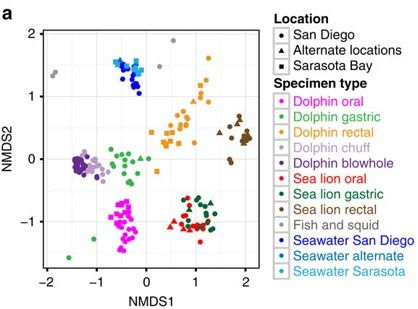Geostatistics & Spatial Predictions
- mahimagupta950
- Aug 28, 2020
- 1 min read
Not everyone who makes predictions owns a crystal ball and dons a gothic outfit or has an eerie atmosphere surrounding them.
More often than you think, its just a geek wearing flared jeans, t-shirt, sneakers and a mask...because covid! and No, i did not just describe myself.
Spatial Prediction models are widely used for prioritizing the kind of strategy and the area for implementing habitat management strategies, for delineating areas having high ecological value, making practical decisions in case of natural disasters such as fire, flood, drought, diseases and earthquakes, crime analysis and, cellular networking.
Spatial predictions consists of techniques that are used to predict the values of a sampled variable over the whole area of interest.
They fall under the purview of Geostatistics, which is a branch of statistics focusing on spatial or spatio-temporal data sets. Geostatistics incorporates the spatial coordinates of data within analysis.
Spatial prediction models are broadly classified into Empirical models and Statistical models.
Empirical models include Thiessen polygon, Inverse distance interpolation, Regression on coordinates and splines.
Statistical models include the following:
- Kriging
- Environmental correlations (regression based)
- Bayesian based models
- Mixed models (Co- kriging based, Regression kriging, etc.)
Spatial prediction models generate a Prediction map and a Prediction variance map.
We will deal with each of the spatial prediction models individually in the upcoming blog posts. Keep checking this space for updates and reach out to us for any query or help.
Some interesting reads for spatial predictions:






Comments